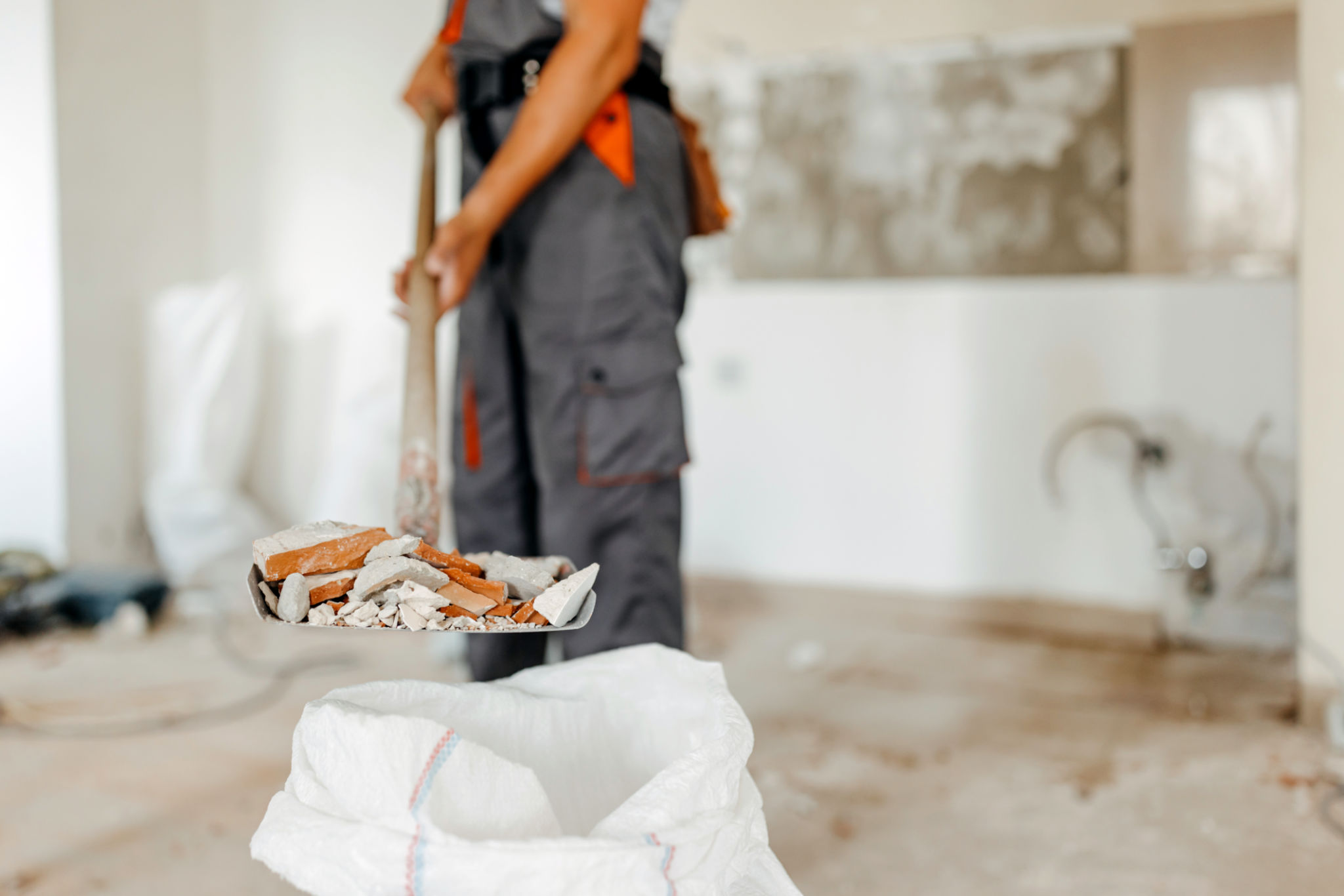Eco-Friendly Construction Cleaning Solutions: Sustainable Practices for a Cleaner Future
In recent years, the construction industry has been increasingly focused on implementing eco-friendly practices. Among the various aspects of construction, cleaning solutions play a pivotal role in ensuring that the environmental impact is minimized. Using sustainable cleaning methods not only protects the environment but also enhances the health and safety of the construction workforce and future occupants.
The Importance of Eco-Friendly Cleaning Solutions
Construction sites are known for generating a significant amount of debris, dust, and waste materials. Traditional cleaning methods often involve the use of harsh chemicals that can harm the environment and pose health risks. Adopting eco-friendly cleaning solutions is crucial in mitigating these risks while promoting a cleaner and more sustainable future.

Benefits of Sustainable Cleaning Practices
Eco-friendly cleaning solutions offer numerous advantages over conventional methods. Here are a few notable benefits:
- Reduced Environmental Impact: By using biodegradable and non-toxic cleaning products, the negative impact on ecosystems is significantly minimized.
- Improved Indoor Air Quality: Natural cleaning agents reduce the release of volatile organic compounds (VOCs), contributing to better air quality.
- Enhanced Worker Safety: Eco-friendly products reduce exposure to harmful chemicals, promoting a healthier workplace.
Implementing Sustainable Cleaning Solutions
Transitioning to eco-friendly construction cleaning involves several steps. Firstly, it is essential to audit the current cleaning process to identify areas for improvement. This can be achieved by consulting with sustainability experts who can provide valuable insights and recommendations.

Choosing the Right Products
Selecting the right eco-friendly cleaning products is a critical step in this transition. Look for products that are certified by reputable environmental organizations, ensuring they meet stringent sustainability criteria. Ingredients should be plant-based and free from harsh chemicals.
Furthermore, consider using reusable cleaning materials such as microfiber cloths and mop heads. These not only reduce waste but also improve cleaning efficiency due to their superior absorption capabilities.
Training and Education
Proper training and education are essential components of implementing sustainable cleaning practices. Workers should be trained in using eco-friendly products effectively and understanding their benefits. Regular workshops and seminars can help reinforce the importance of these practices and keep staff updated on the latest developments in sustainable cleaning.

Monitoring and Continuous Improvement
Sustainability is an ongoing journey, and continuous improvement is key to maintaining eco-friendly practices. Regularly monitor the effectiveness of the implemented solutions and seek feedback from workers to identify potential areas for enhancement. This proactive approach ensures that the construction site remains committed to reducing its environmental footprint over time.
By embracing eco-friendly construction cleaning solutions, companies not only contribute to environmental preservation but also set a standard for industry-wide sustainability practices. Such commitment to a cleaner future reflects positively on the company's reputation and aligns with growing consumer demand for environmentally responsible practices.